|
Remember when we all needed to have a blog - and the forgot to use it? Well, I was one of those, and since I don't intent to add anything right now I was about to delete it. But then I started to read it and I kind of liked it. So here it is. Perhaps you'd like it too.
0 Comments
'GOSH! Is it alive?' is the rather stupid title of an interesting show at the Arken Museum of Modern Art outside Copenhagen, Denmark.
Works of Berlinde de Bruyckere, John Davies, John DeAndrea, the timeless Duane Hanson, Carole A. Feuerman, Allen Jones, Tony Matelli , Ron Mueck and many more can be seen til August 2017. The Danish town of Roskilde, approximately 30 minutes from Copenhagen, is home to the Roskilde Festival, one of the biggest music festivals in Europe drawing 130,000 people every summer for a week of camping, partying, music, drinking and cultural activities.
It is now also home to ‘Ragnarock’, a museum of rock, pop and youth culture. Opened in April, the attraction focuses on the evolution of music merged with youth culture from the 50’s to present day, and is housed in a building that suggests that this place is indeed like no other. The giant, golden, almost cathedral-like structure with a dramatic overhang and the dark red interior of the lobby certainly give a profound sense of arrival. The spectacular building was designed by Danish COBE and Dutch MVRDV. But, how do you display and communicate intangible stuff like ‘music’ and ‘youth culture’? I spoke with Sebastian Gyrst-Longsig Christensen of White Noise Agency, the creative force behind the museum’s concept and design. “Early on, we decided not to tell the story in a traditional, linear form. Instead, we focused on key aspects of the story and ended up with 11 themes such as fan culture, the concert experience, the recording studio, etc. The order of the themes is random, allowing us to take out themes and replace them with new in the future.” “Each of these themes then features what we call a ‘time carousel’, where we take a deeper look at the theme in 3 different decades. In the ‘dance room’, we explore the phenomena of dance by dipping into rock’n’roll, hip hop and rave.” The exhibits feature lengthy video interviews with people who were part of the scene and artefacts such as posters and clothing. For many visitors, however, the main attraction may be the dance floor, where you get to try to dance with a kinetic figure (top image) and see how good you are at throwing your hands up in the air at a rave party. Sex and Drugs and Rock’n’Roll Another theme deals with more controversial issues such as politics, sexuality and integration. “Sex, drugs and rock’n’roll didn’t come from nothing,” Sebastian says. “The music scene has always reflected new trends in society, be it gay rights, sadomasochistic sex or political views.” In this room, visitors get to see Anne Linnet’s stage costumes, which caused quite a stir in Danish society when she launched her band Marquis de Sade and started to sing about sadomasochistic relationships, complete with whips and leather corsets 80s style. A video features a recent interview with Linnet who also addresses what happened when she came out as a lesbian after the Marquis de Sade period. In the ‘light room’ visitors get to test lighting equipment, from 60s-style psychedelic liquid light shows to today’s video mapping. You can also put your head through a hole and view what an acid trip could look like. An Unorthodox Museum Experience “Basically, we wanted this to be an unorthodox museum experience. We have a lot of artefacts displayed in traditional, climate-controlled display cases, but the emphasis has been on giving people the overwhelming feeling of being part of music by using aggressive graphics, strong colours, interactive features and, of course, lots and lots of music,” Sebastian explains. “Each room has a giant, feature item, such as a massive mirror ball in the dance room or a huge cassette tape in the demo room, giving a clear sense of the theme.” Unusual in the museum industry, the Ragnarock attraction was designed without the help of an architect. “The majority of the design was done by graphic designer, Robert Nagy from Heavy TM, simply using Sketch Up, an inexpensive 3D modelling software. We had help with our interactive features by Jesper Harding and No Parking, who designed the attractions according to our brief.” The museum gives the visitor a feeling of leaving without having seen everything there is to see – with good reason. “If you hear every sound clip and see every video there is on display you’ll spend more than 24 hours in the museum,” says Sebastian. The museum, aiming to attract 50-60,000 visitors a year, admittedly features mostly Danish musicians. “Yes, our focus is Danish, but rock music has no borders,” says Sebastian. “It’s impossible to talk about youth culture without mentioning The Beatles or The Rolling Stones but the majority of the exhibits are Danish.” Which, in some cases, takes the Danish visitor on a sweet trip down memory lane. All text is in Danish and English however, and the museum will give the visitor to Denmark a unique insight into modern Danish culture. And, just like youth culture itself, the museum aims at being in constant development. “We have many new things in the pipe line,” Sebastian says. “One of the things we are looking at is making the toilets a part of the attraction by letting each toilet represent a different music venue. We are also planning a smaller, pop-up version of the museum to travel to the music festivals this summer.” The impulsive comedian Brett Kreischer has his own way of increasing the heart rate of the personnel at the hotels he stays at.
Have you noticed how the classic wax museum seems to be booming these years? The grand dame of waxworks, Madame Tussauds, is constantly opening new attractions, currently operating 16 attractions and coming to San Francisco and Orlando very soon. Musée Grévin, owned by Compagnie des Alpes, recently opened their 3rd museum, the 2nd outside of France, in Prague . Ripley Entertainment seems to be running a successful enterprise with their Louis Tussaud's Wax Museum brand, and Hollywood Wax Museum now operate 4 museums.
What's going on here? Not since the 1960's, where wax museums of dubious quality popped up everywhere, especially in the US, have the world witnessed such an intense interest in wax museums. The content of the museums has changed dramatically. Whereas many museums before were based on historical events or religion, offering visitors a somewhat educational experience, the modern wax museum is a full blown entertainment venue focusing on contemporary celebrities with highly immersive themed environments. Think less suits and more sex appeal. The velvet ropes and panes of glass protecting the fragile and costly figures are long gone. Visitors are no longer passive spectators looking at static tableaus, like you would look at a store window display. Look for example at Madame Tussauds in Hollywood - this is not a museum, this is a cathedral of celebrity where we are invited – and encouraged – to step into the scenery and participate in the party. Wrap your arms around Lady Gaga and have your picture taken with Brad Pitt. Fun for the camera (and Facebook), tough on the maintenance budget. Most portraits in wax starts with a sitting where the sculptor takes more than 200 measurements of the celebrity. Hair is sampled and colours are mixed to match the skin tone. The exact colour of the eyes are found by comparing to glass eyes. And often the celebrity donates clothing or props for authenticity. The entire figure is then sculpted in clay, a plaster mould is made from which the head and hands are cast in wax. The body is usually cast in fibreglass. Creating lifelike figures can be a tedious job. Often each strand of hair is inserted directly into the wax head, which takes up to four weeks. Glass eyes are inserted and the head, hands and other exposed body parts are then coloured with oil paint, layer upon layer to re-create a slightly transparent look. All in all, a wax figure takes a team of highly skilled specialists about 3 months to create. According to the encyclopaedia a wax museum is "a collection of wax sculptures representing famous people", and the art of sculpting lifelike portraits in wax goes back to the ancient Egyptians. The 18th century saw wax museums as we now know them opening up in Europe. Before photography and TV, these museums served as a place where the public could see what the king actually looked like - a need we certainly don't have today. There seems to be a another timeless fascination with these lifelike figures, transcending the celebrity of the month . Let's face it, wax museums can be scary places. Having worked at several wax museums myself I know that a common question is: What is it like at night? Or my favourite: How DARE you be there all alone? These galleries of wax dummies seem to have a strange and eerie appeal to people, and I sometimes wonder if people enjoy them because of the possibility of rubbing shoulders with the rich and famous or because of the tiny little thrill it is to come into a room and know knowing who is alive and who is not. Wax museums have a very special status in the themed entertainment industry. How many types of attractions can trace the very core of their business back to the ancient Egyptians and to this day still satisfy the fundamental human curiosity of wondering if that thing in the corner is alive. Or not. So go visit your local wax museum and think about what you would do if the lights suddenly turned off. There is a place in Las Vegas where old neon signs go to die: The neon graveyard, part of the Neon Museum. Check it out here
In 2005, Hurricane Katrina devastated New Orleans and ripped the heart of fun and the amusement out of this park. Six years later anonymous photographer lostlosangeles took these pictures. Check out more of his amazing and eerie work on flickr.com Hidden behind a narrow facade on Paris' Boulevard Montmatre lies one of the world's most unusual museums - the French waxworks Grévin.
Since its origin in 1882 Grévin has developed its own whimsical style.Tableau's of famous paintings, recreations of historical events to the latest French stars all meet in this huge, maze-like building, where the visitors are walking from small, dark rooms to big ornamented halls. A wonderful kaleidoscope of who's who, history, elaborate costumes and big hair-do's Grévin fearlessly mixes old and new, place royalty next to Elvis Presley and make people living 100 years apart meet for coffee in a cafe setting. An abundance of dark red velvet, marble, golden ornaments and mirrors, mirrors and more mirrors. For me the essence of Grévin is the Hall of Mirrors – or the Palais des Mirages. You step into a dark room, and suddenly find yourself in an endless jungle, that turns into a temple that turns into a… something oriental I guess. By the use of mirrors, rotating stages, light, music, butterflies, fake palm trees and wax figures of concubines and belly dancers this attraction was build for the World's Expo in 1900. It was moved in Musée Grévin in 1906 and had a major overhaul in 2006 with a new score by Manu Katche and light design by Bernard Szajner. In the age of simulators, 3D in every movie theatre, scents and visual stimulation everywhere I can still feel utterly fascinated by the seemingly endless scenes created in this more than 100 years old attraction. Smoke and mirrors at its best. See more about Musée Grévin on their website. And make sure you visit the newly opened Café Grevin next door, decorated with illusions, wax figures and mirrors as only Grévin can do it. |
AuthorSome of the things I find on my way through life that I want to share Archives
April 2021
Categories |

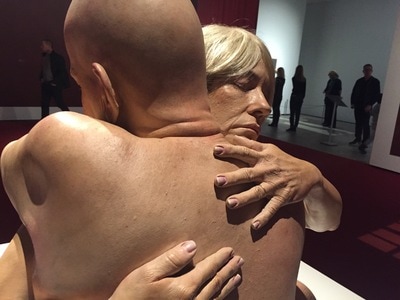
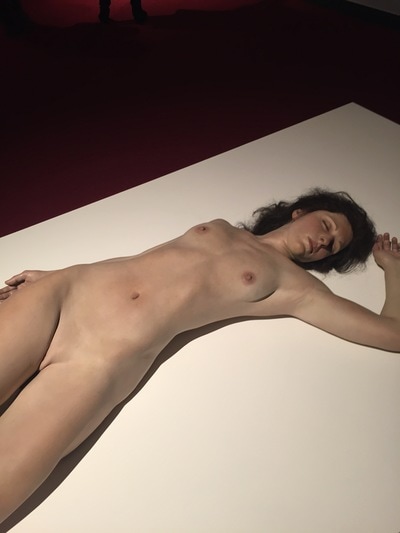
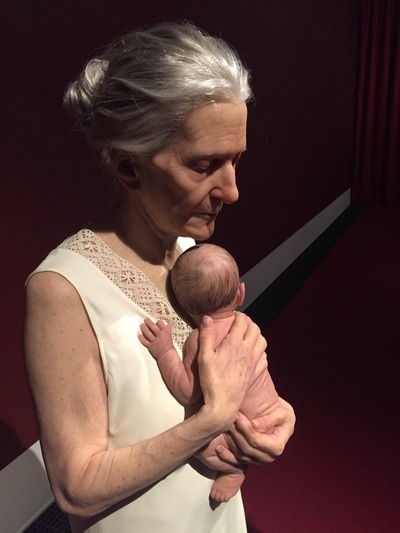
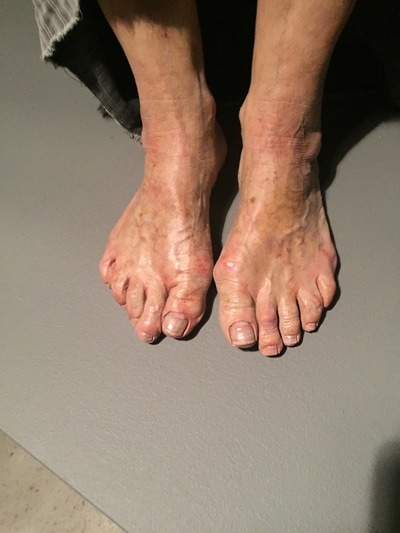
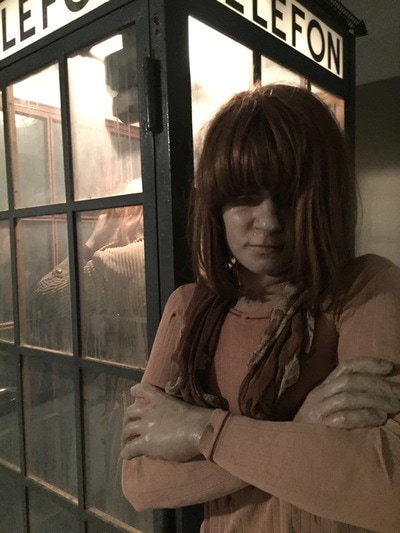
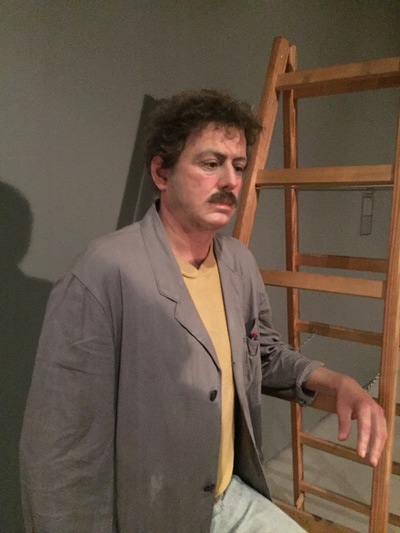
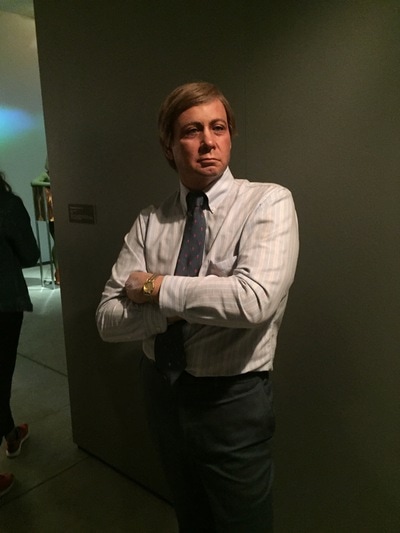
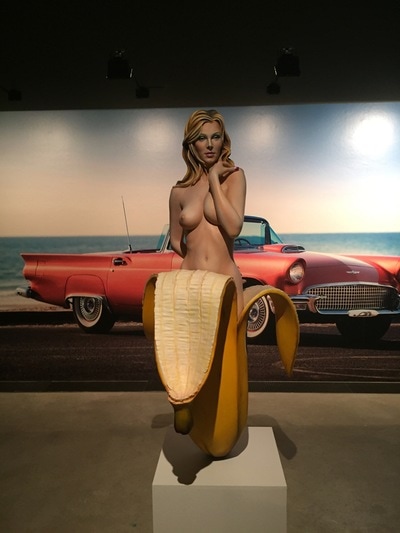
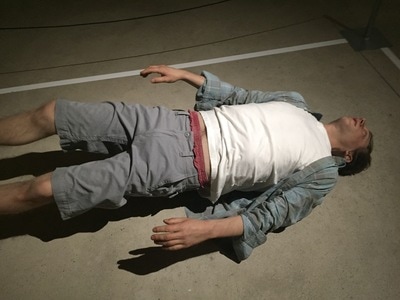
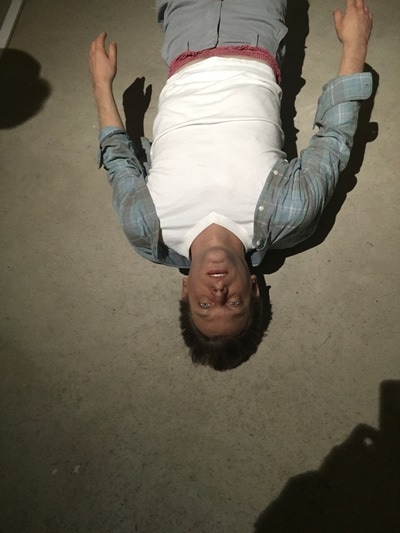

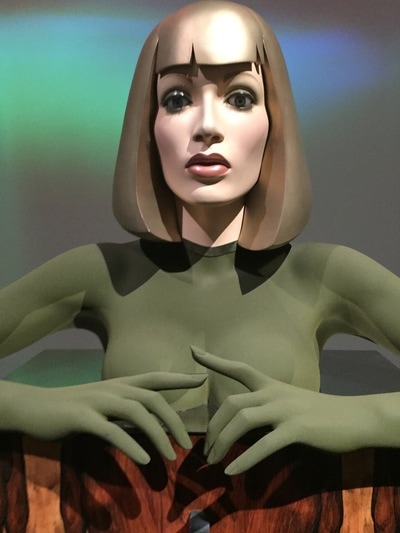
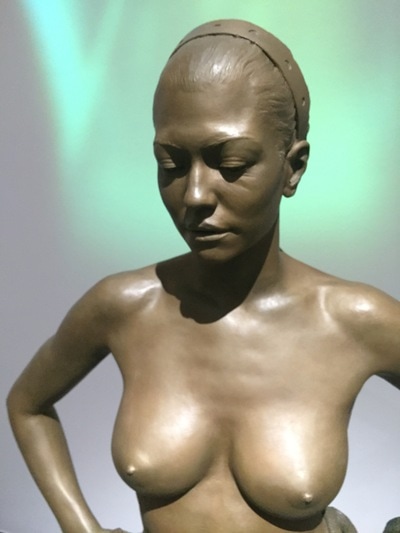
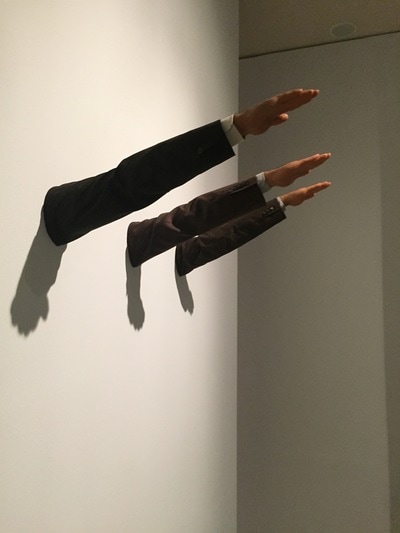
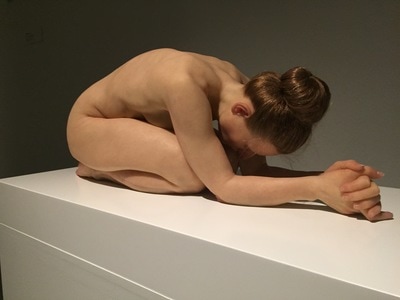
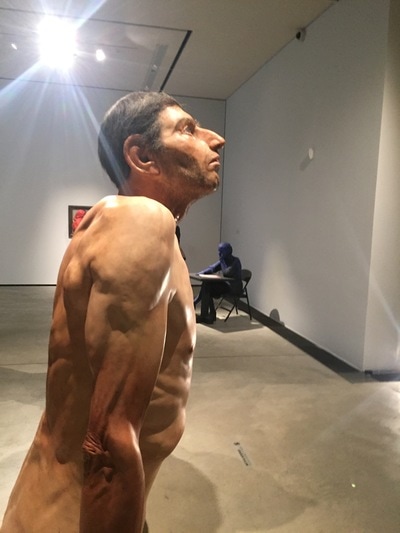
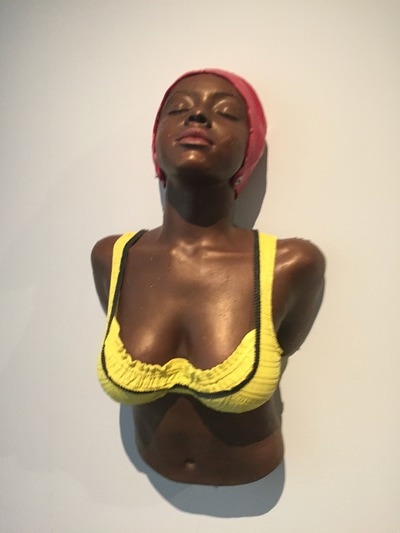
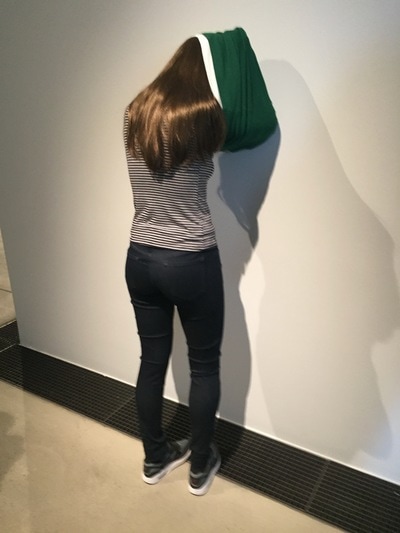
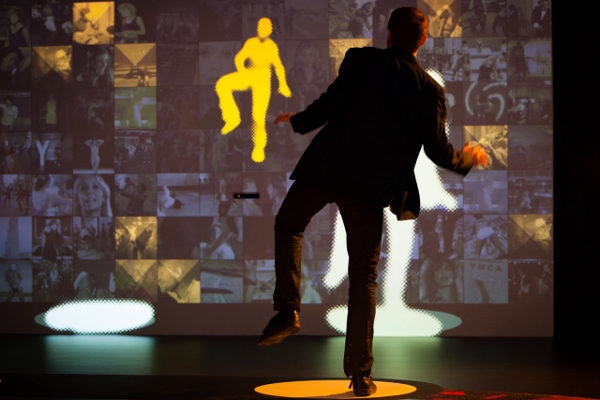
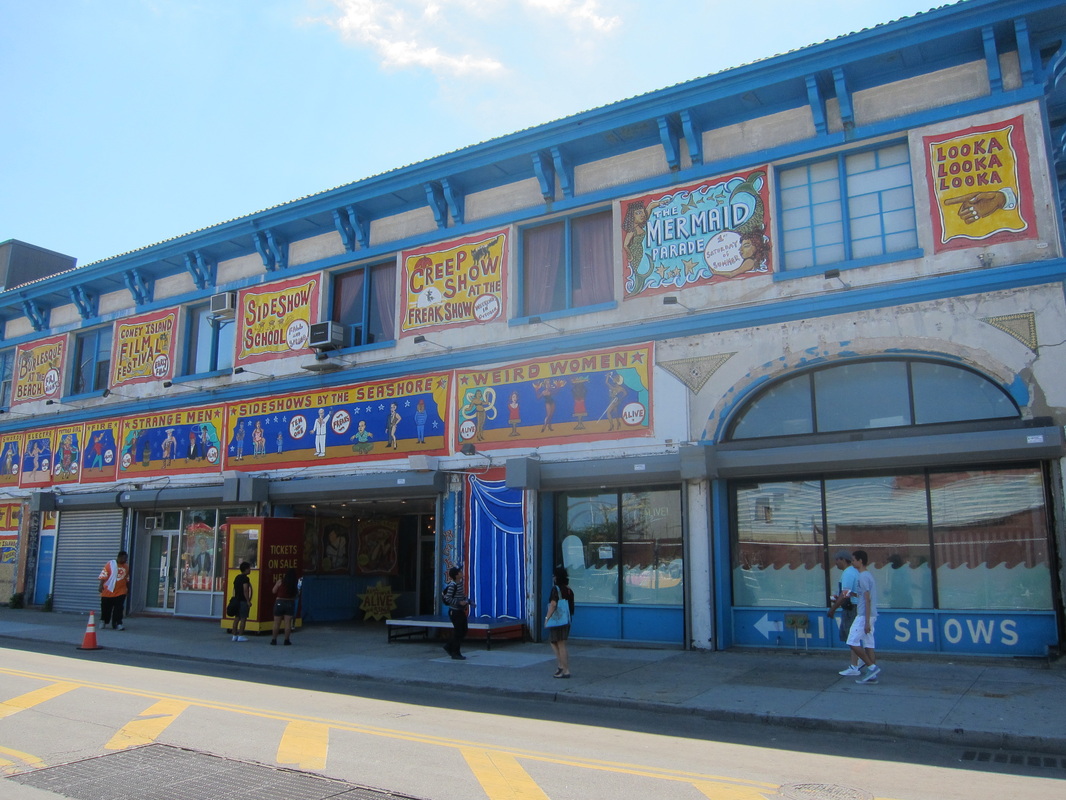
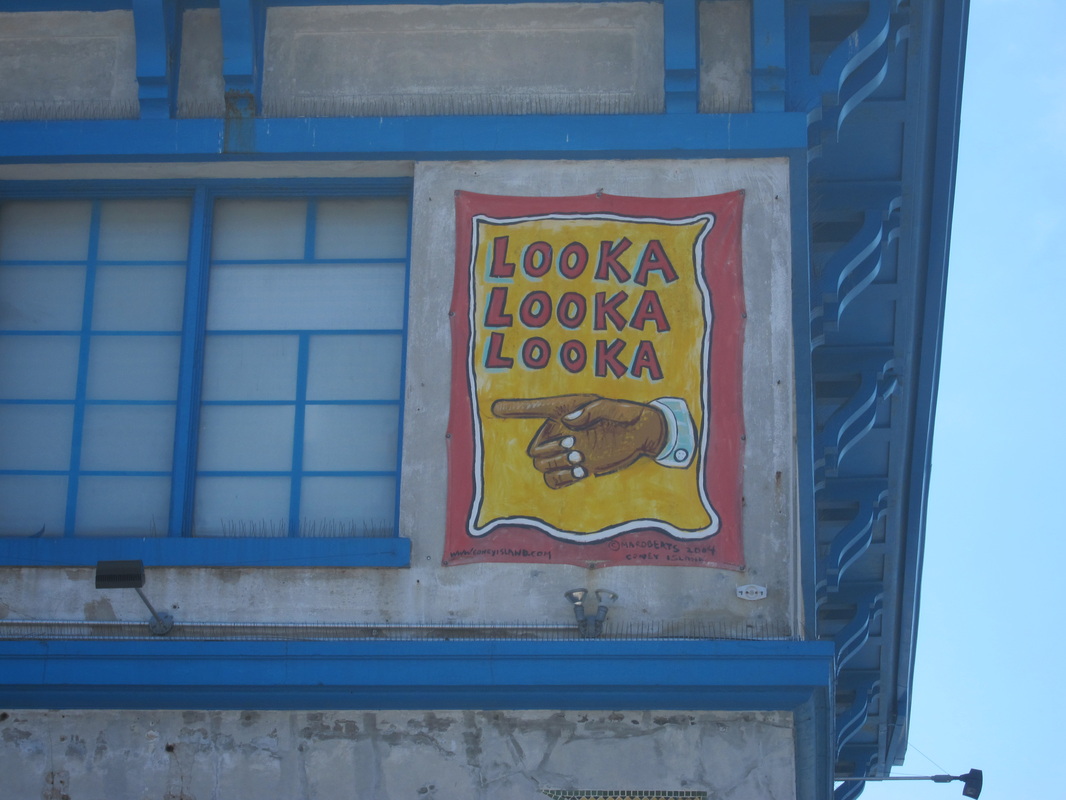
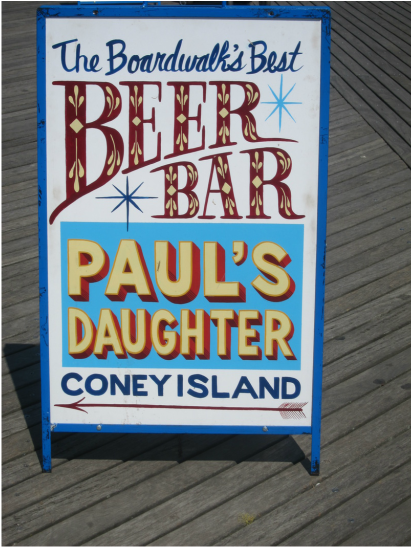
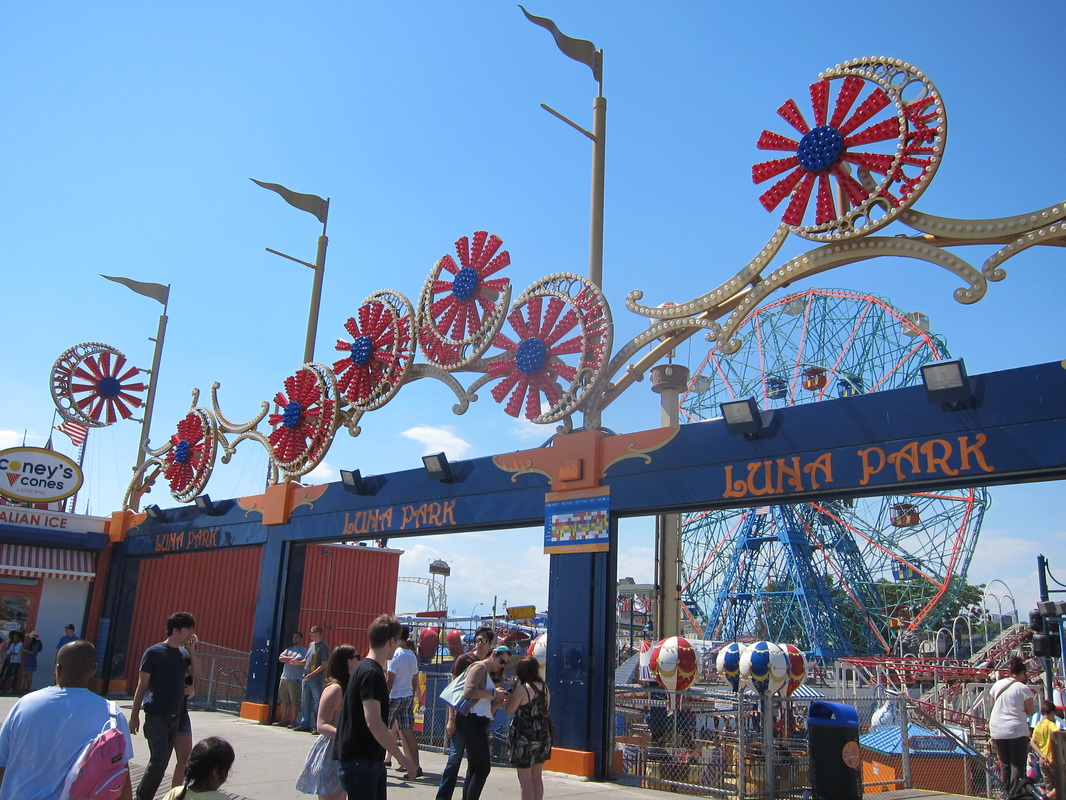
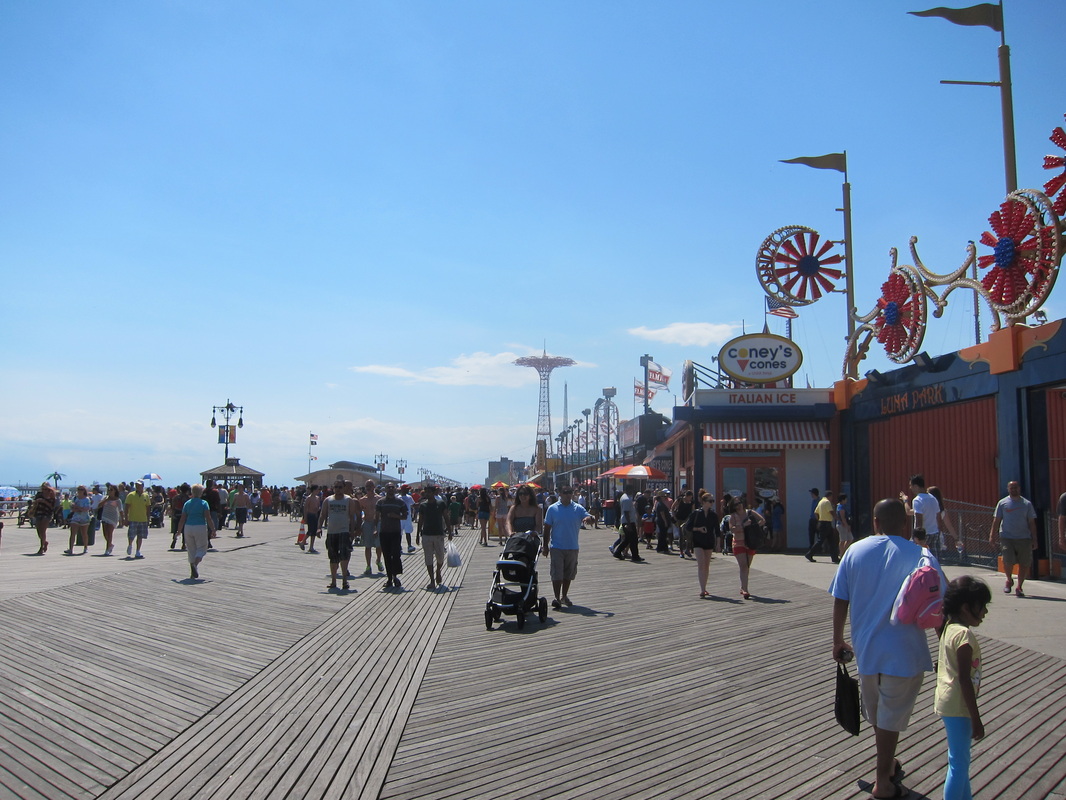
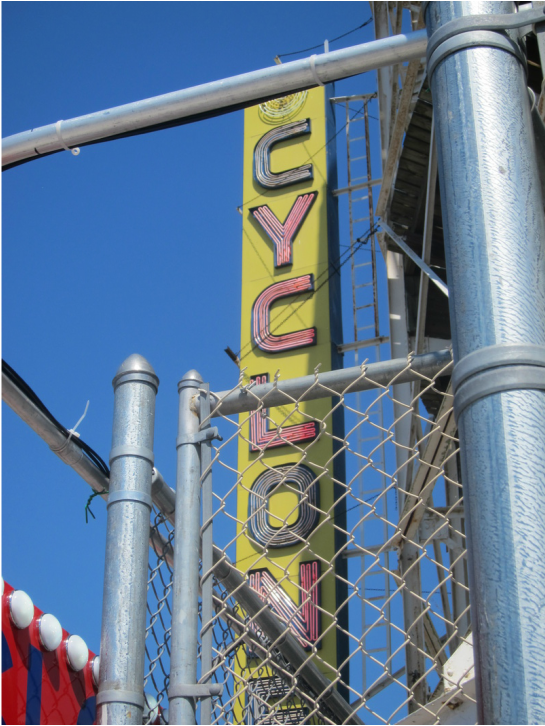
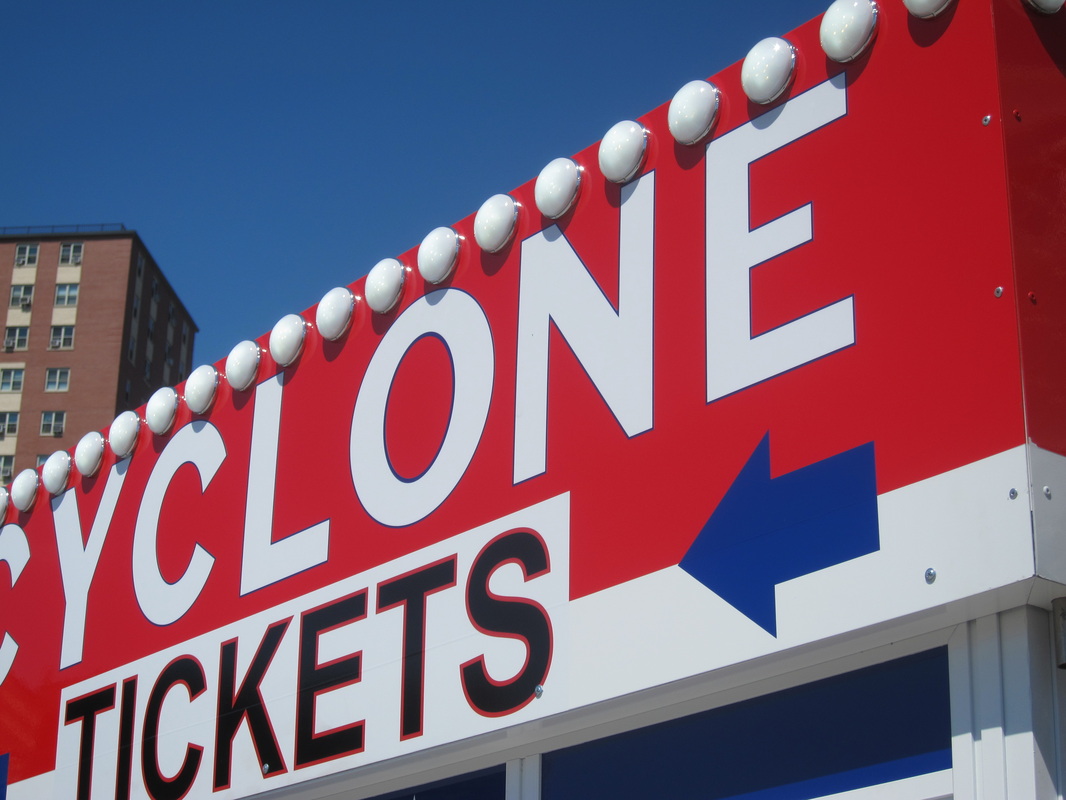
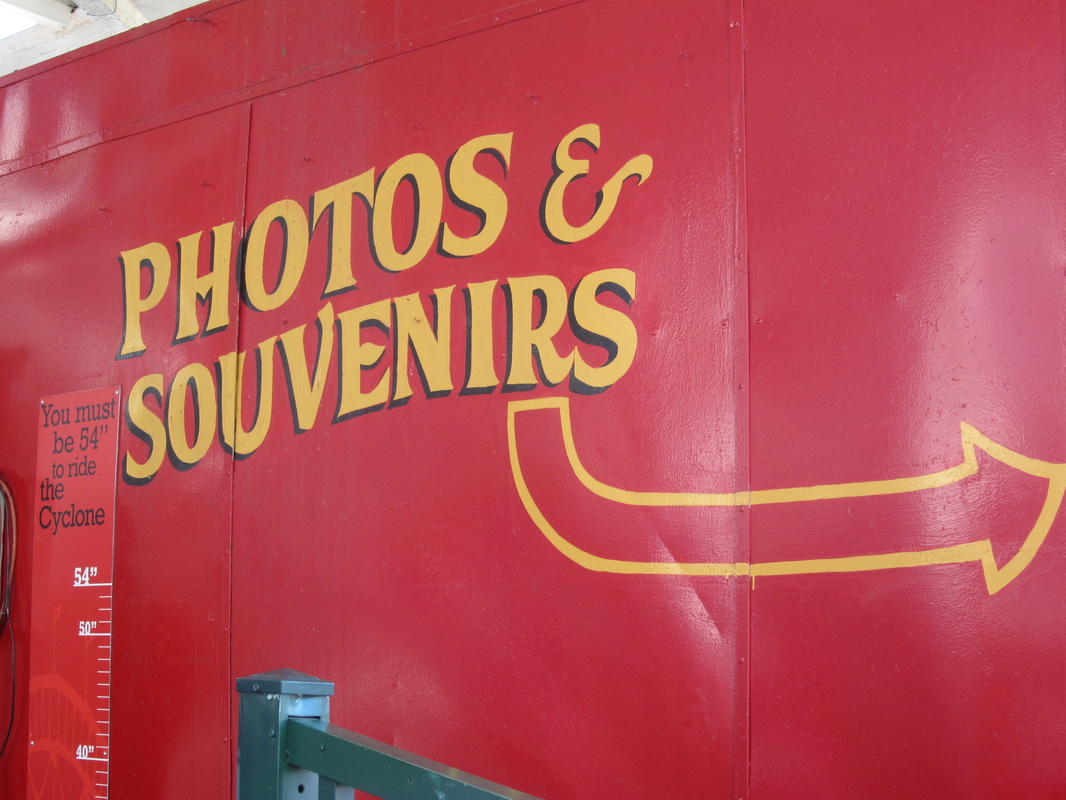

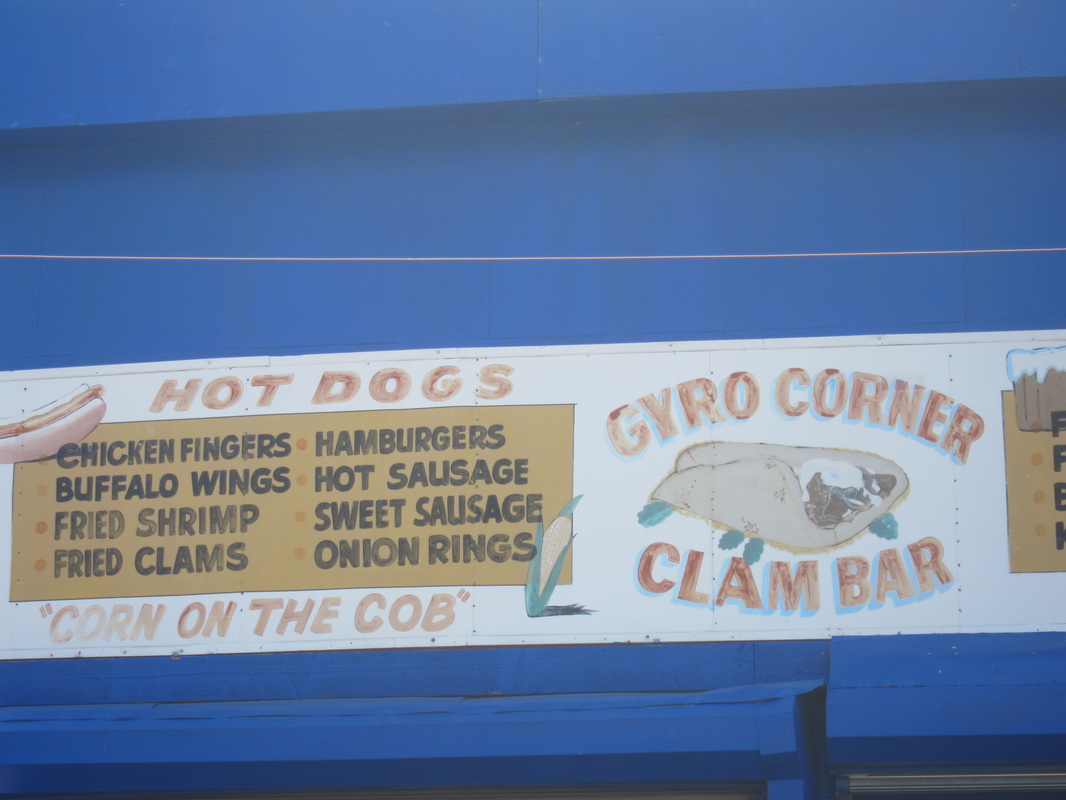
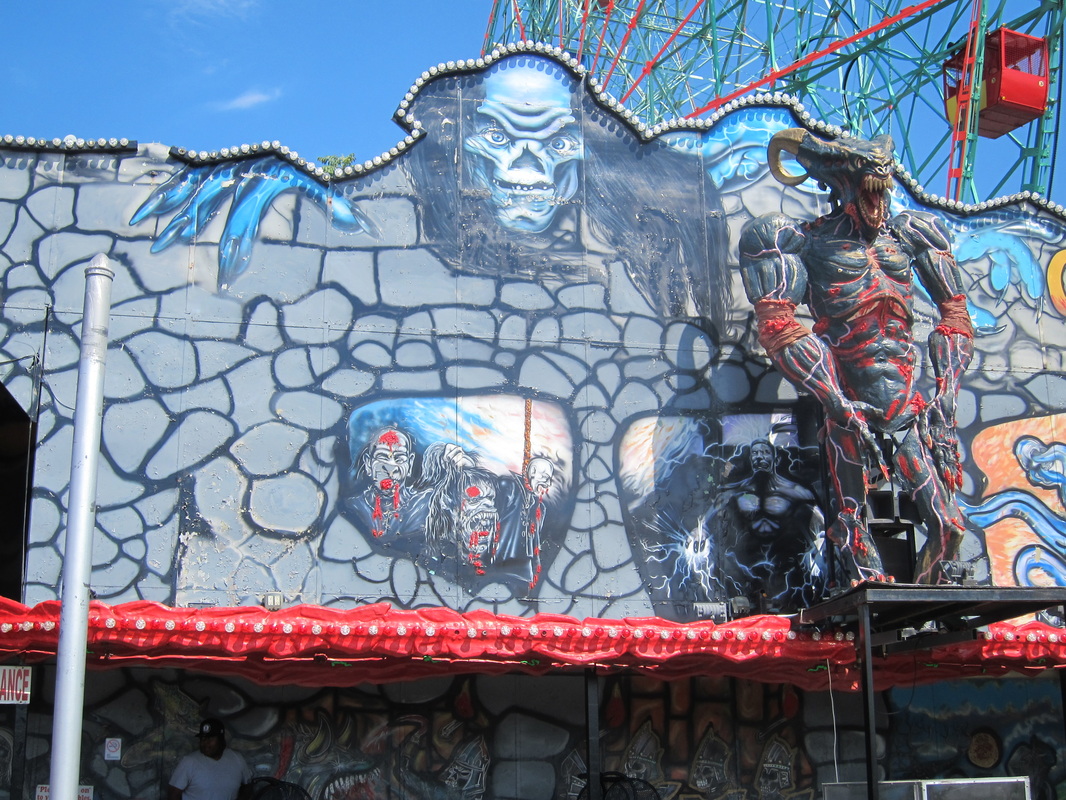
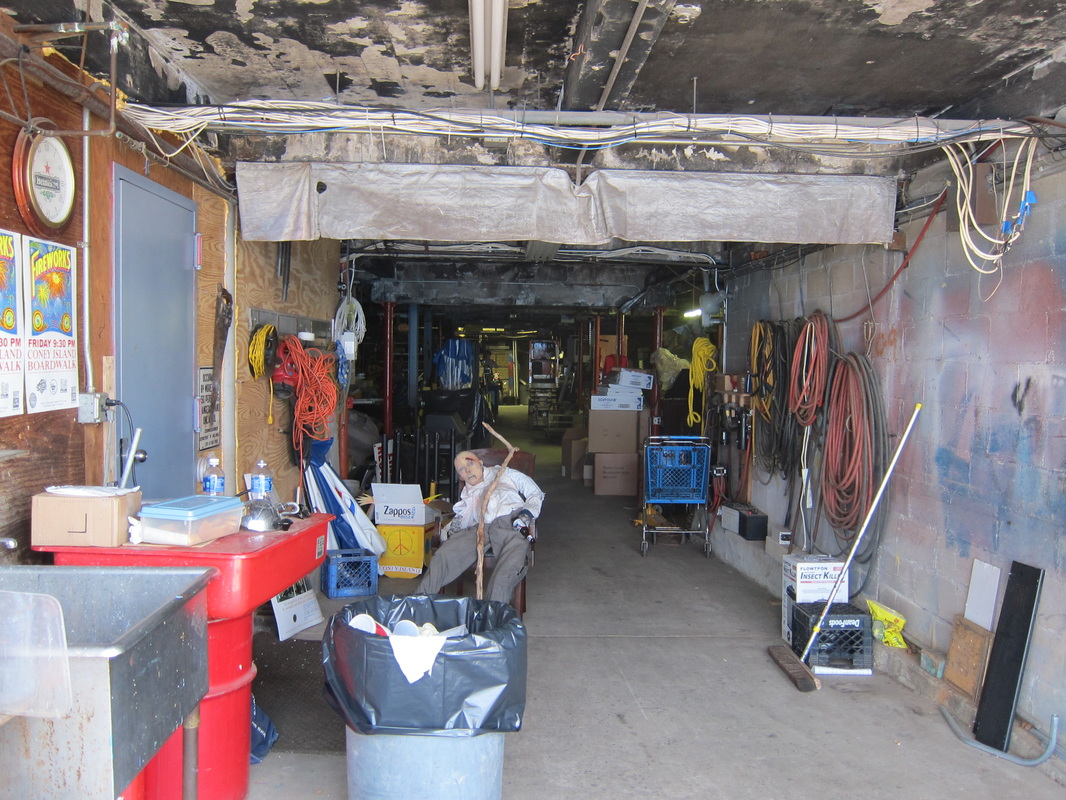
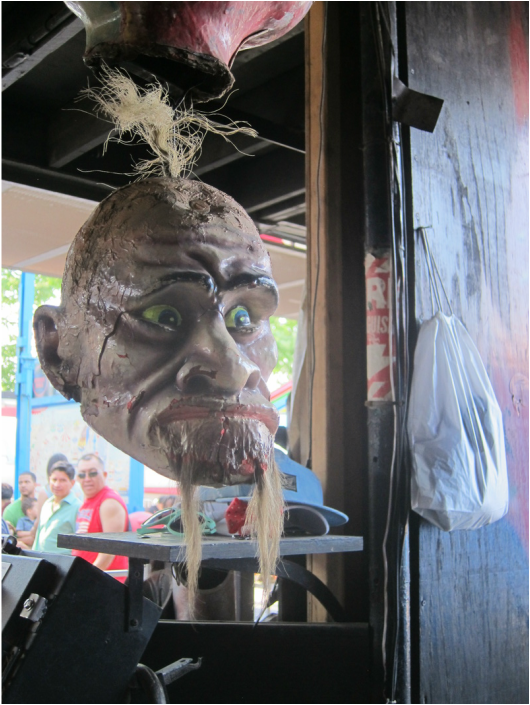
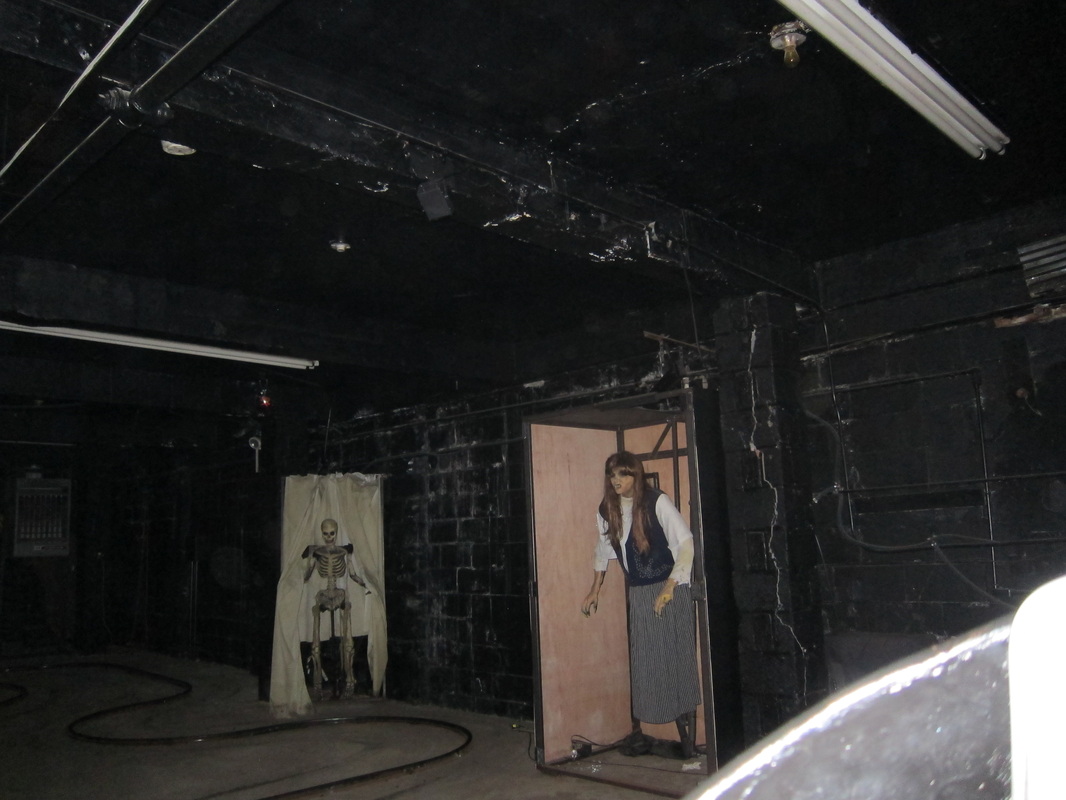

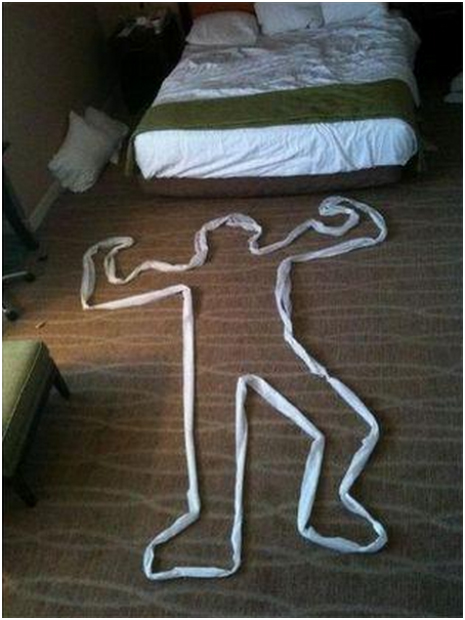

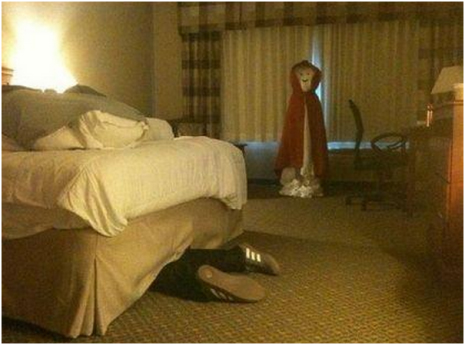

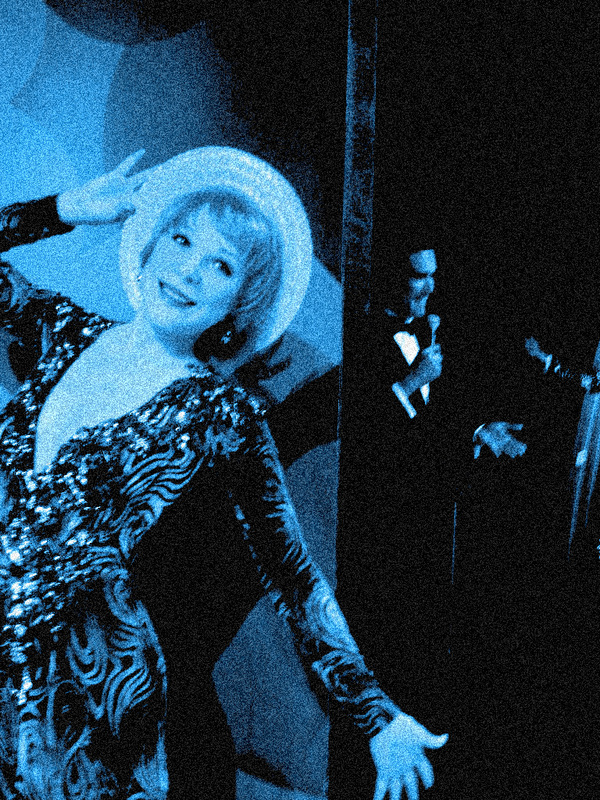
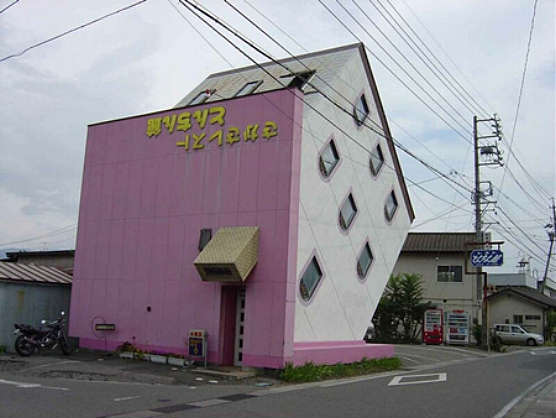
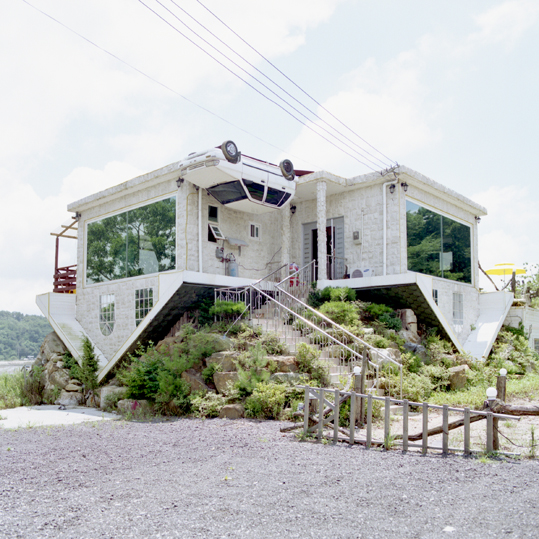
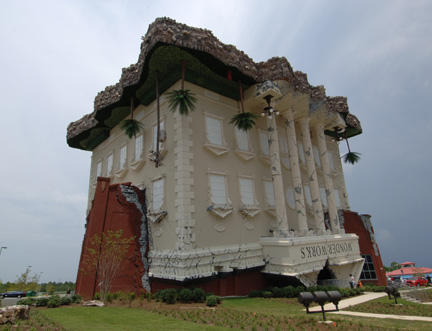
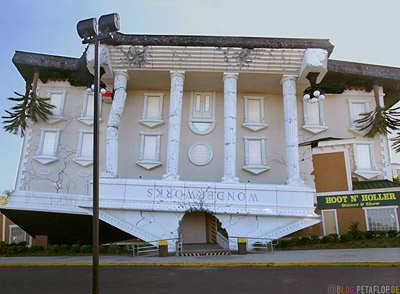
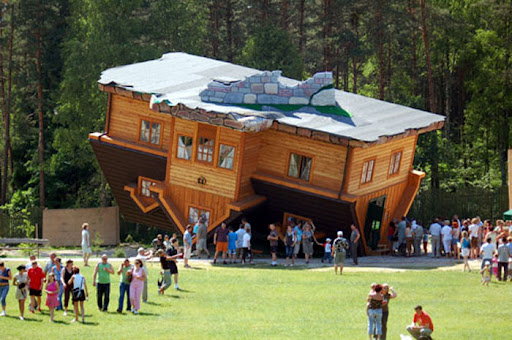
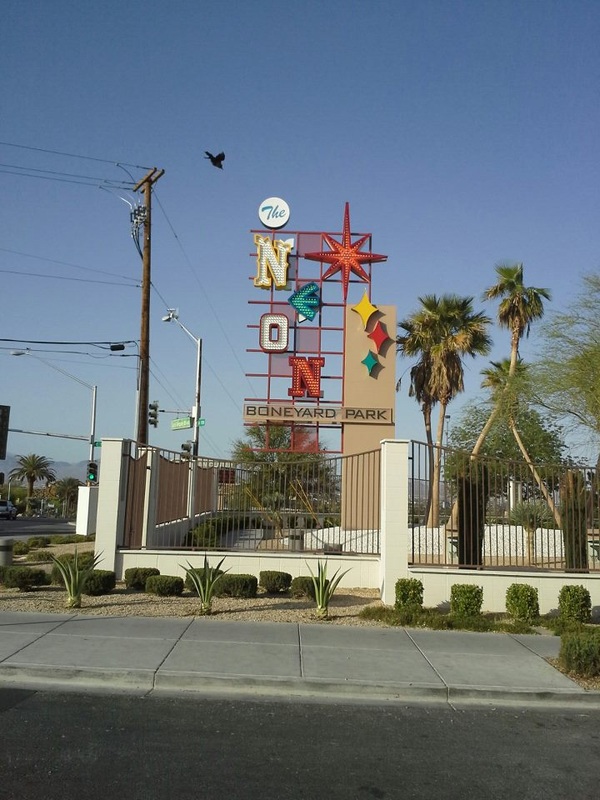
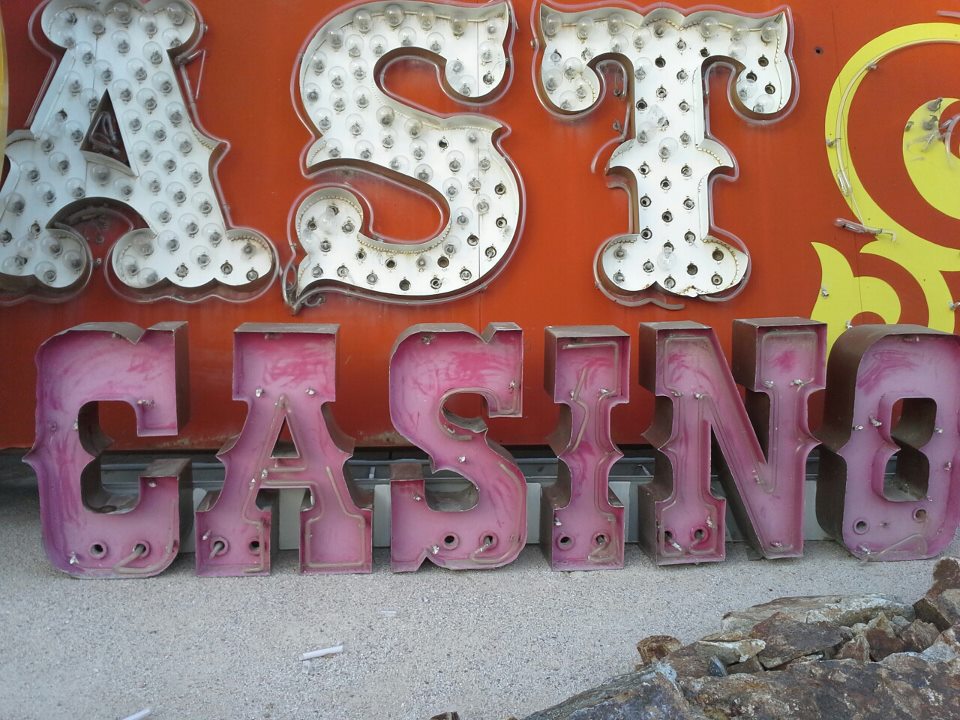
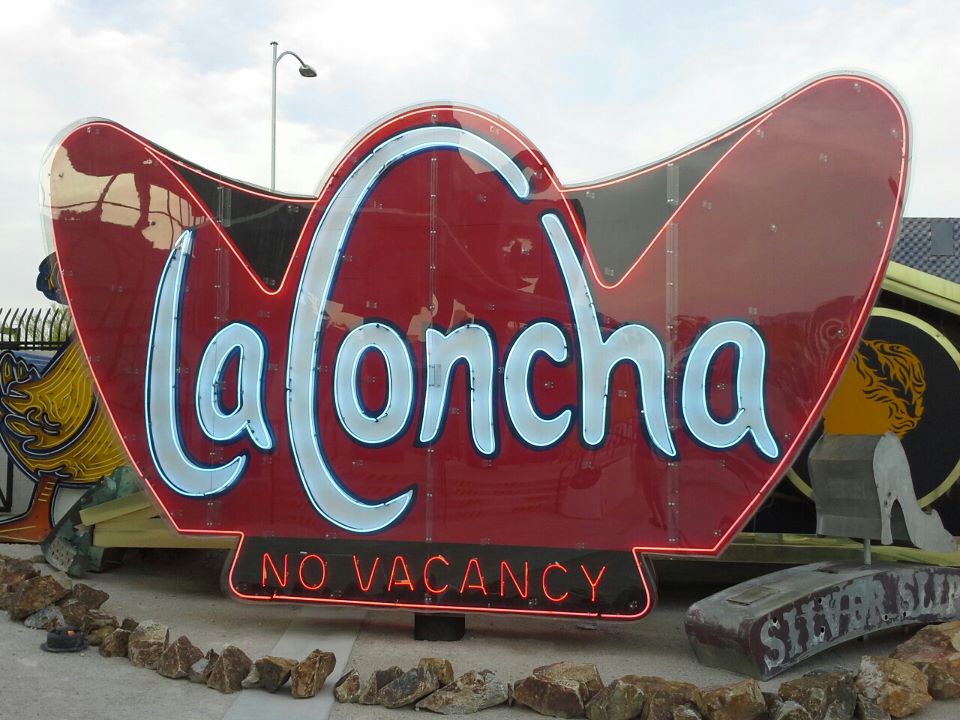
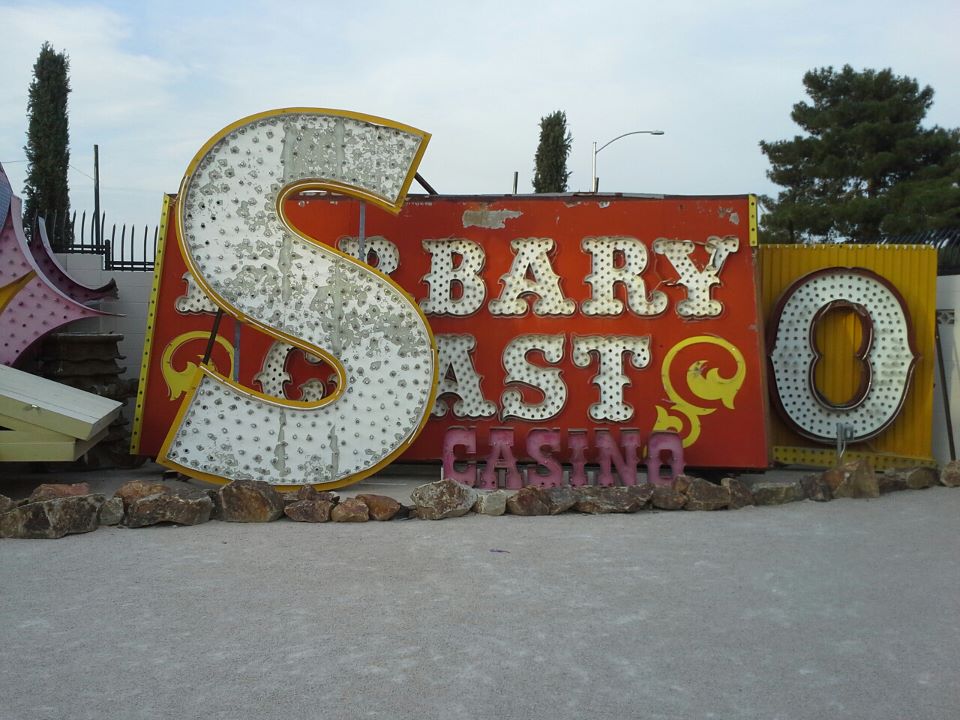
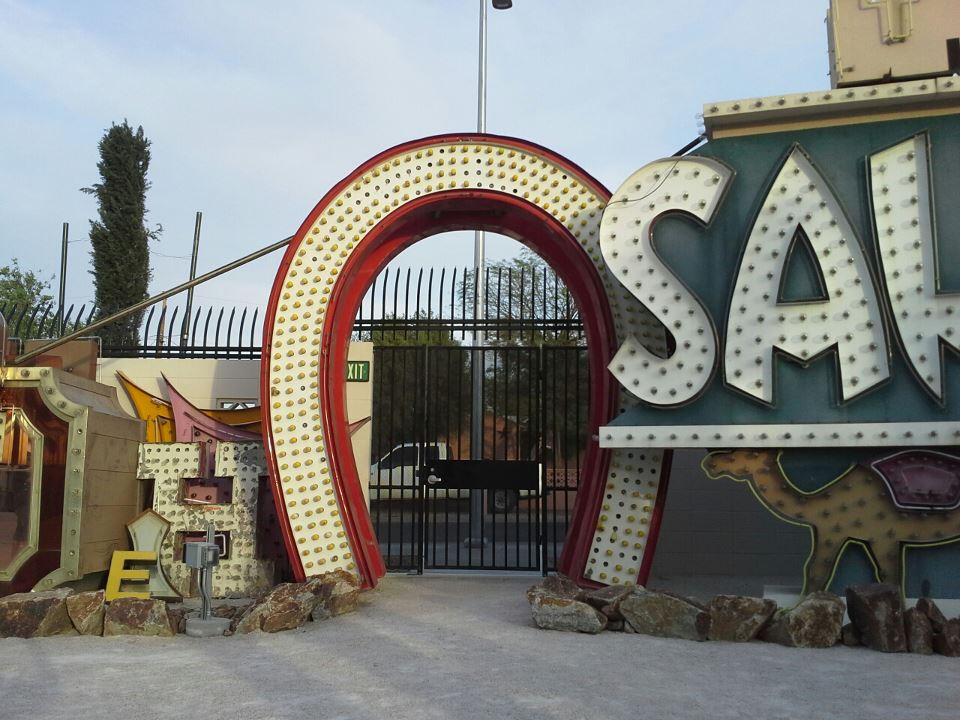
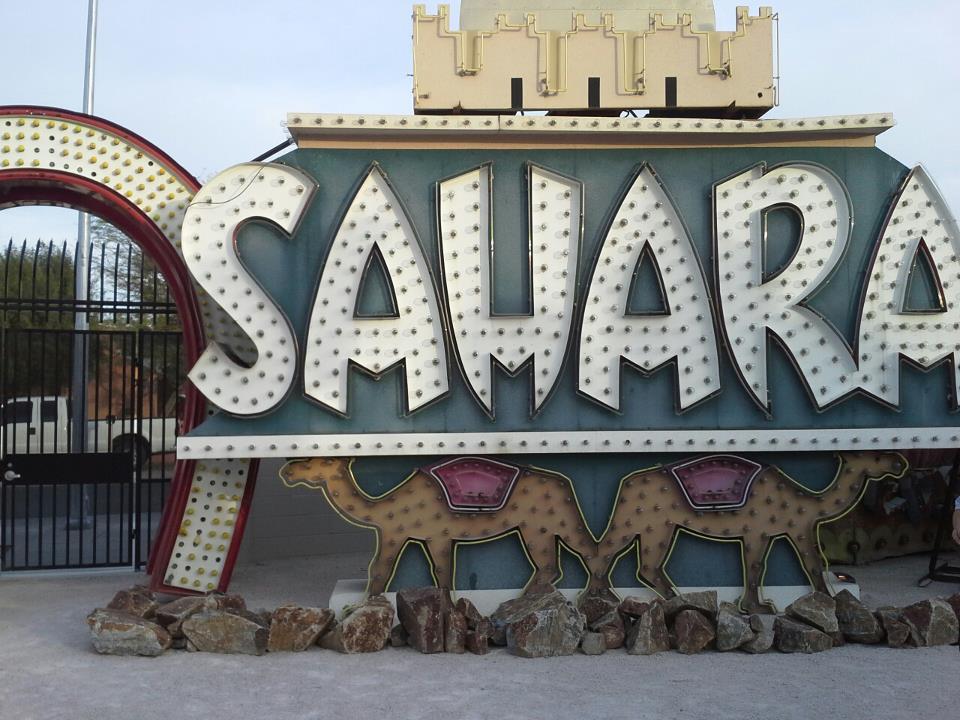
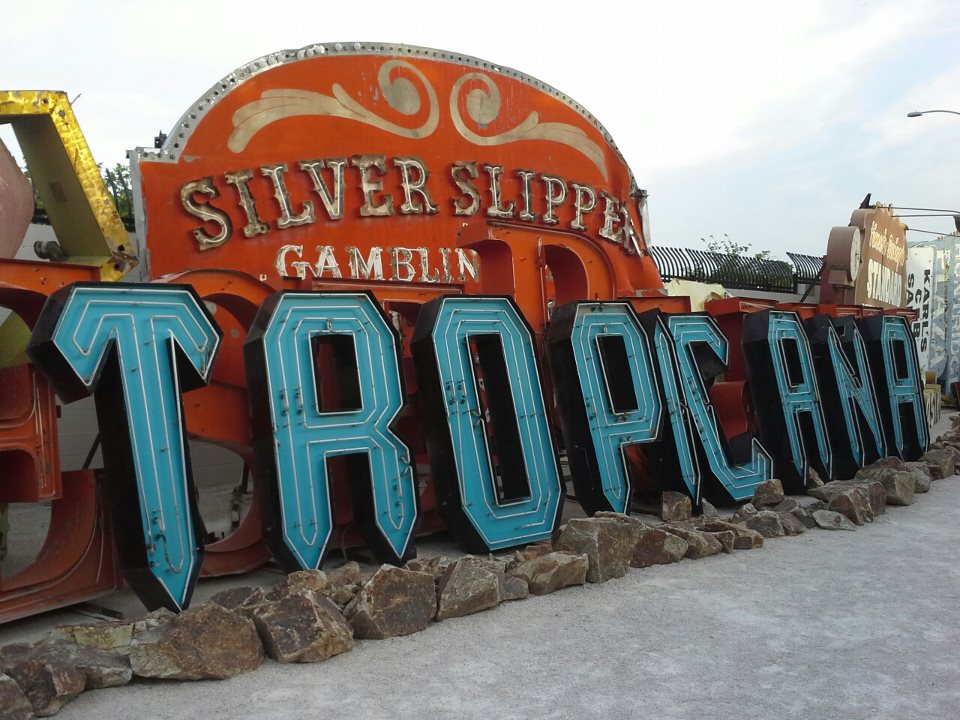
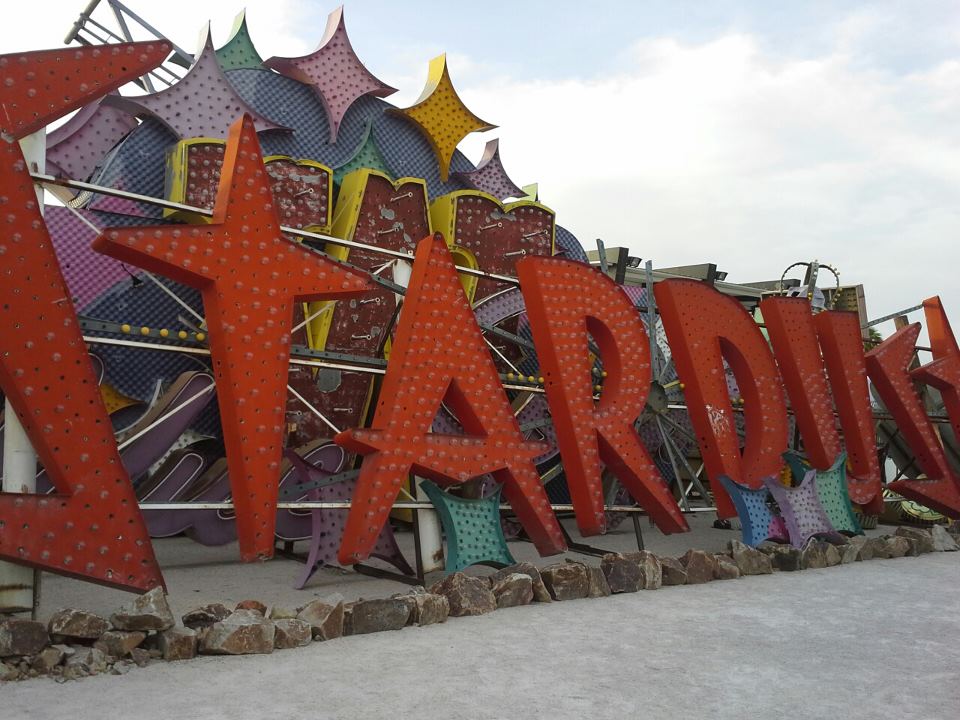
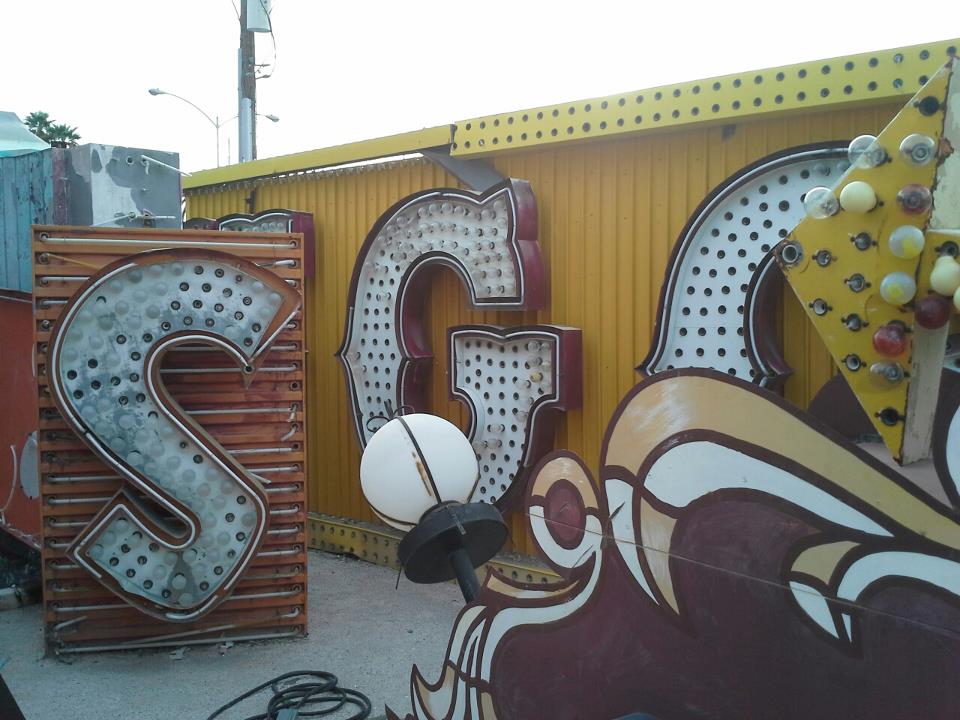
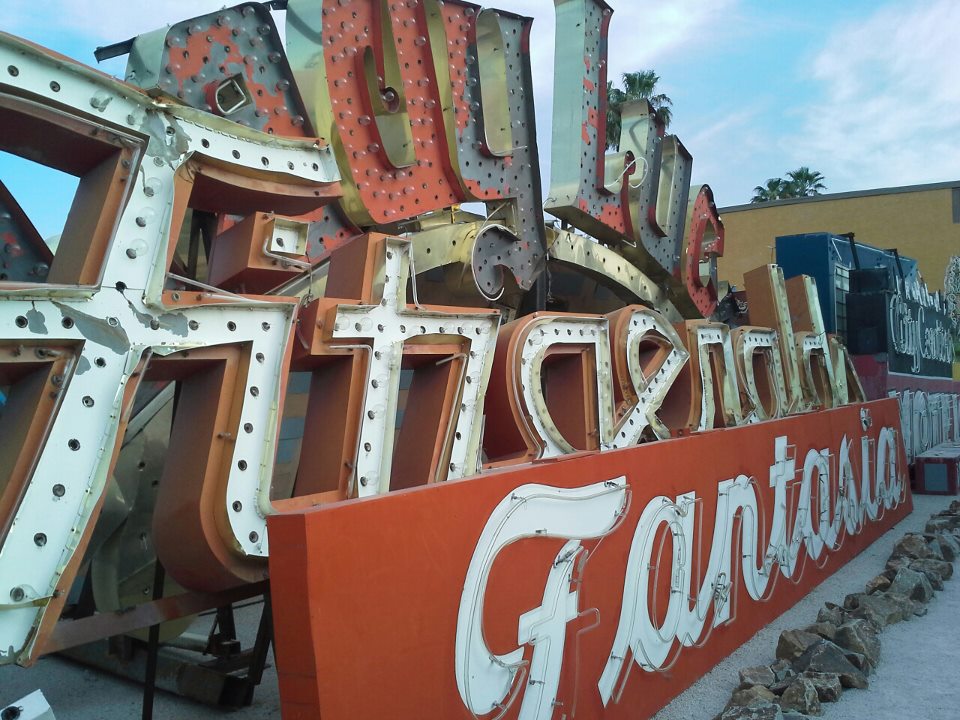
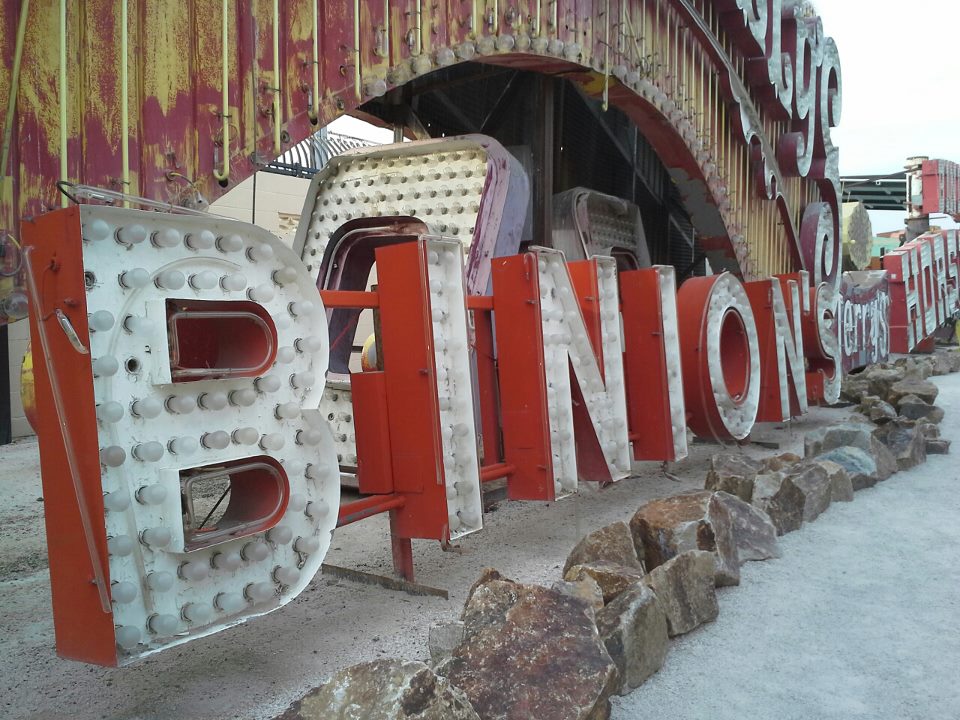
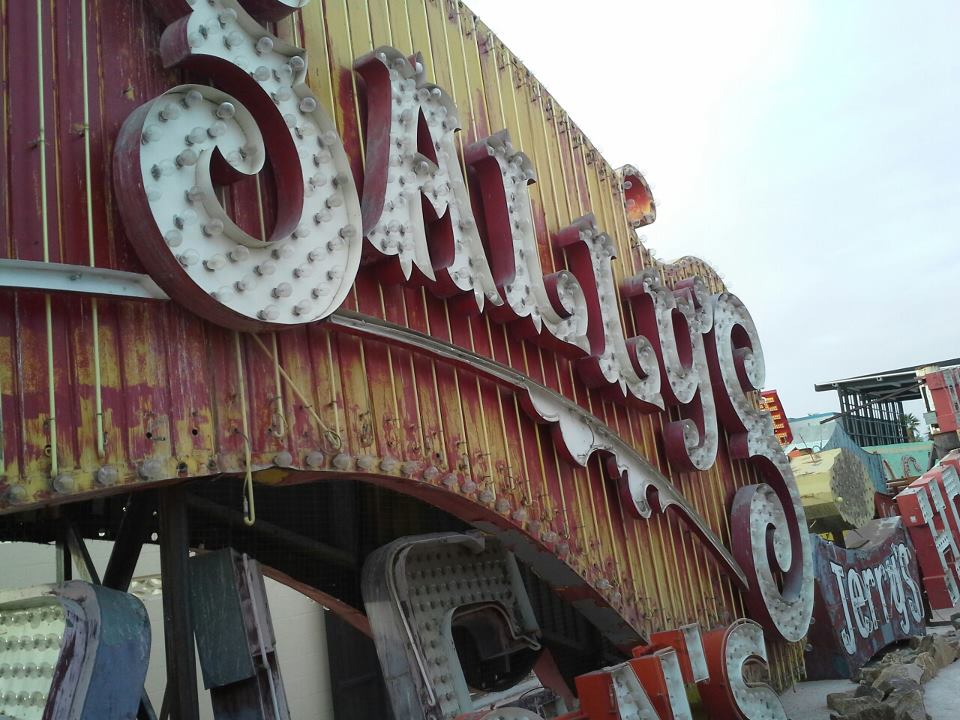
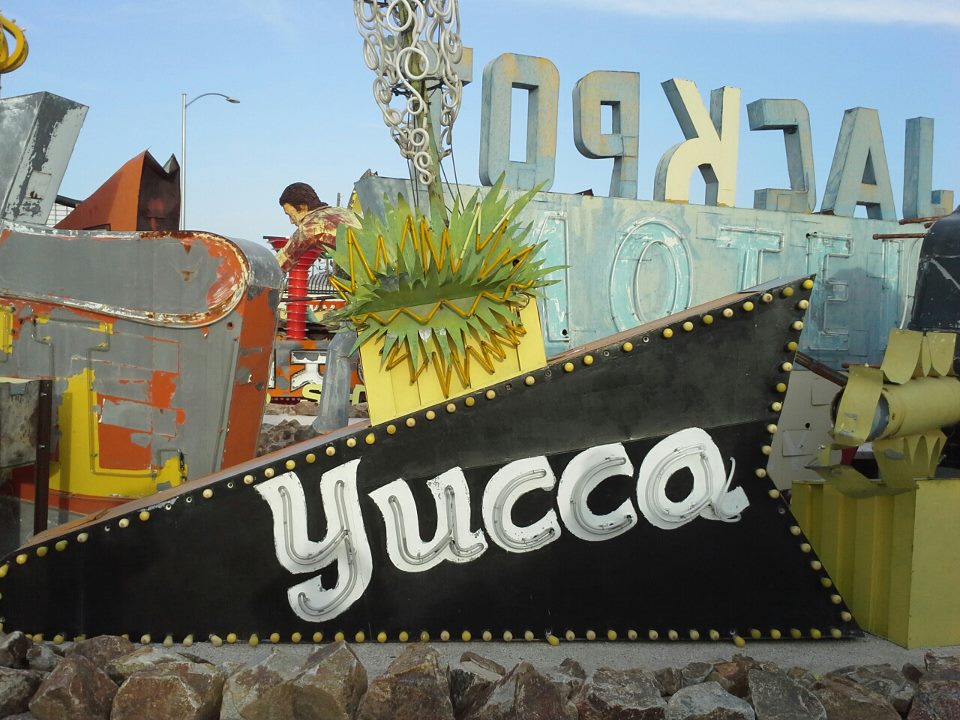
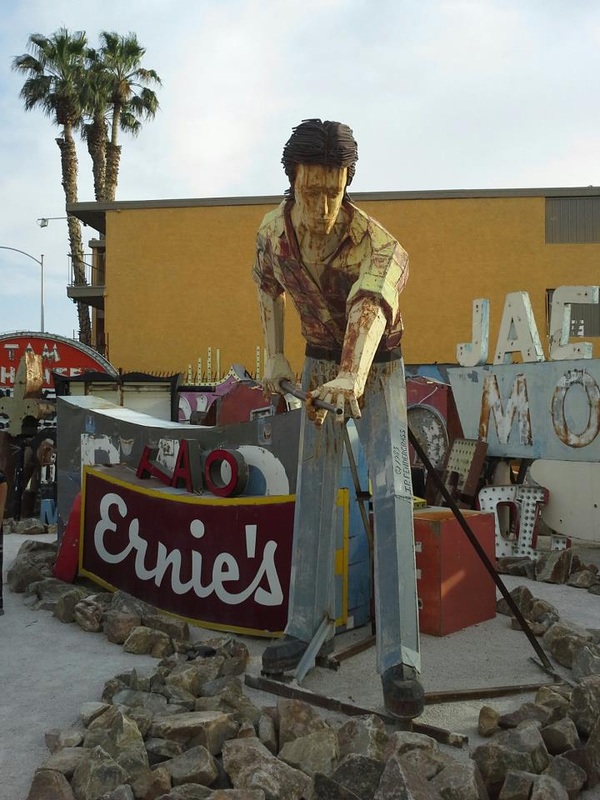
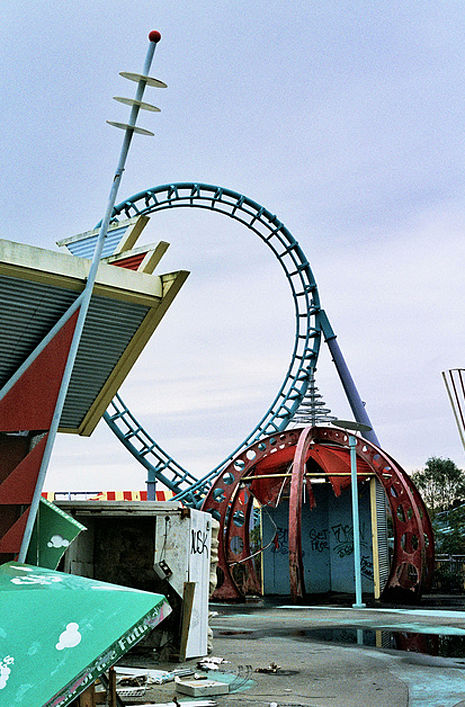
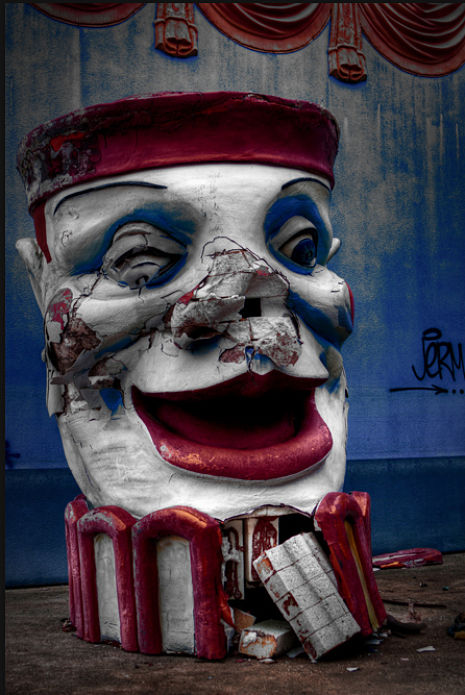
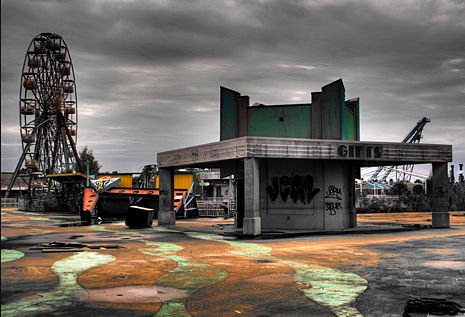
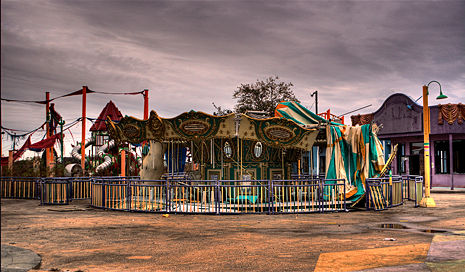
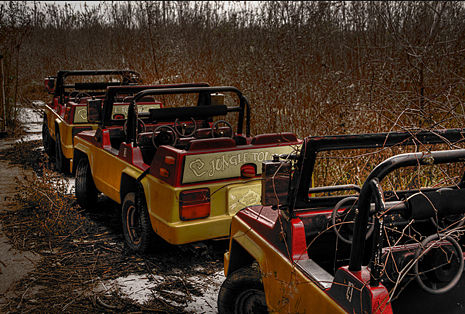
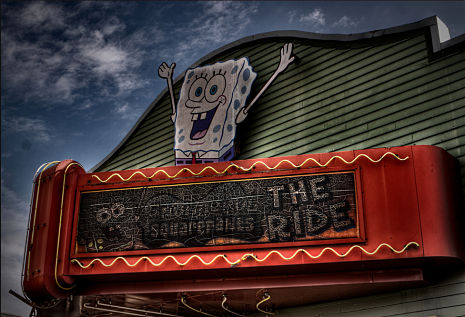
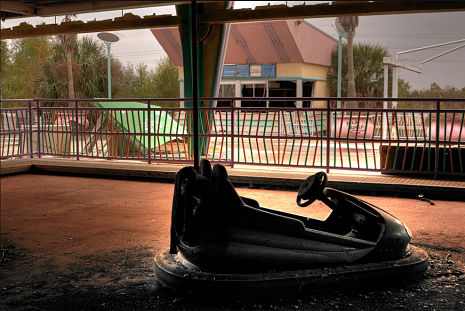
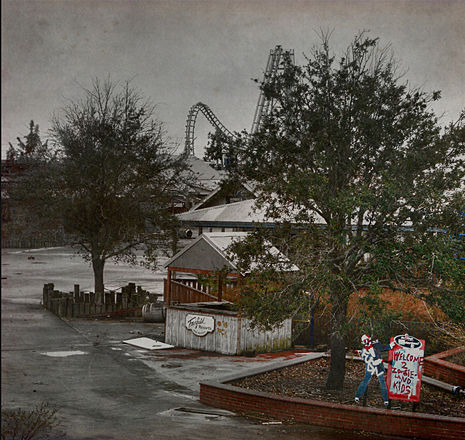
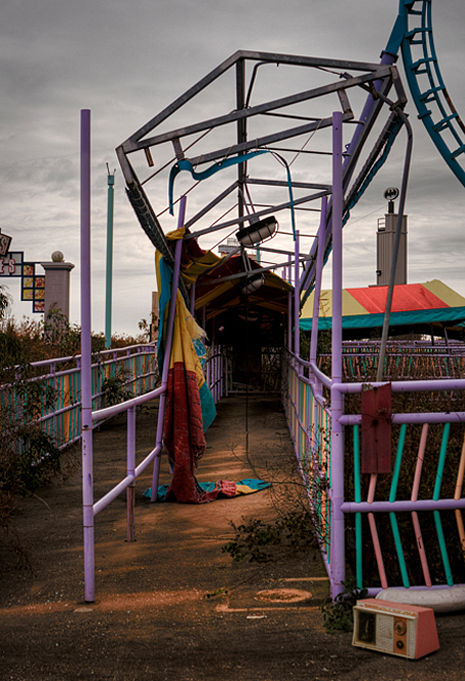
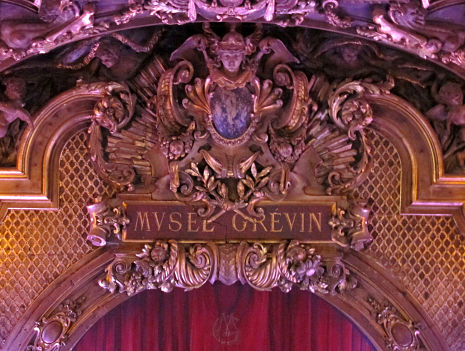
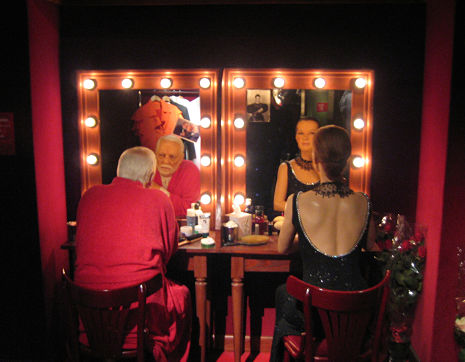
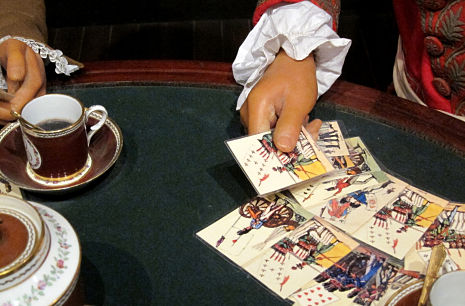
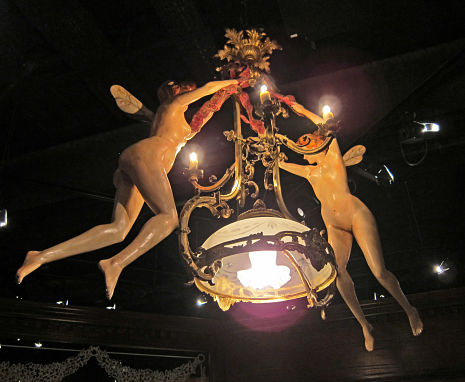
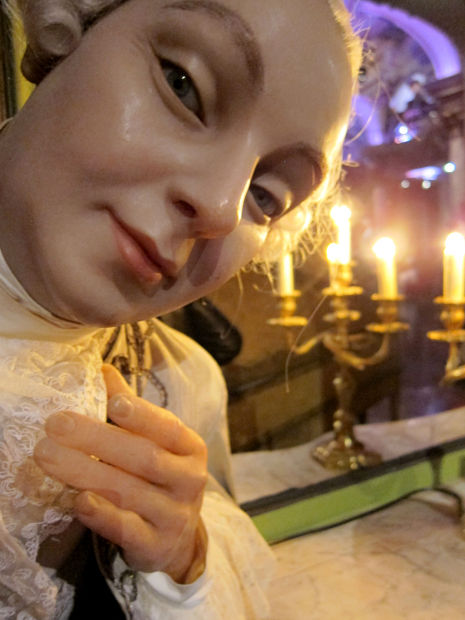
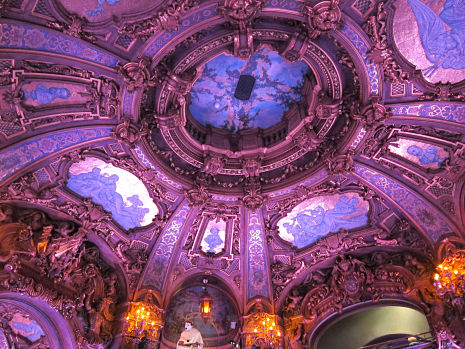
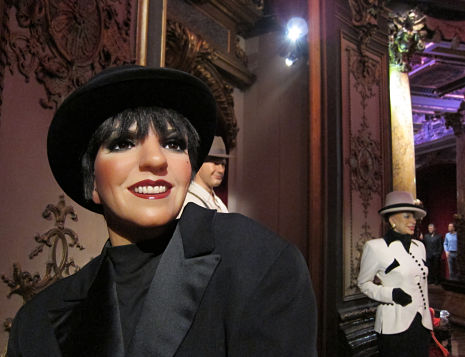
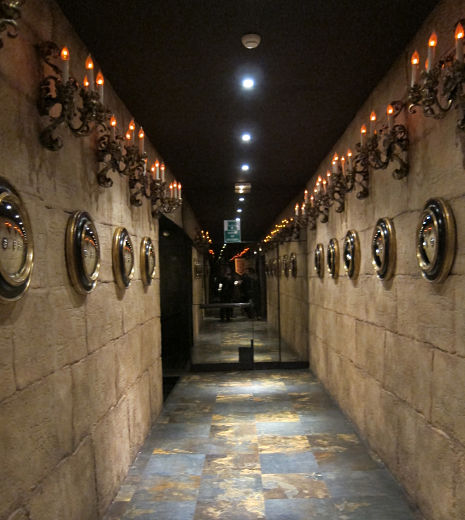
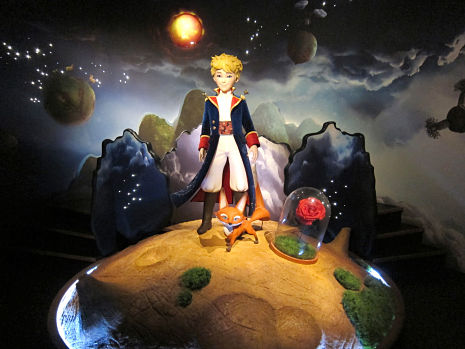
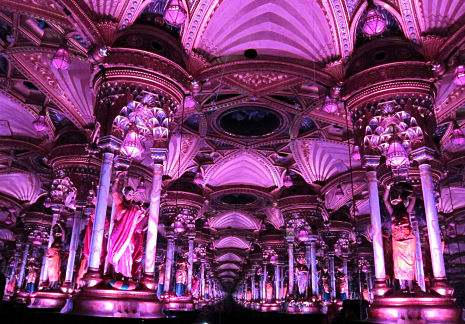
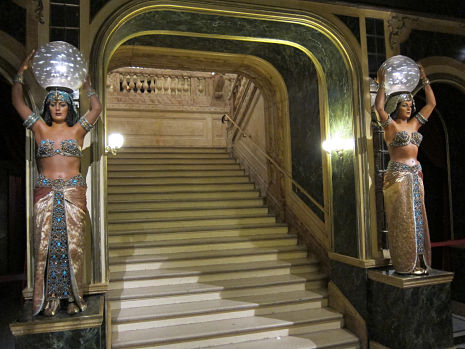
 RSS Feed
RSS Feed

